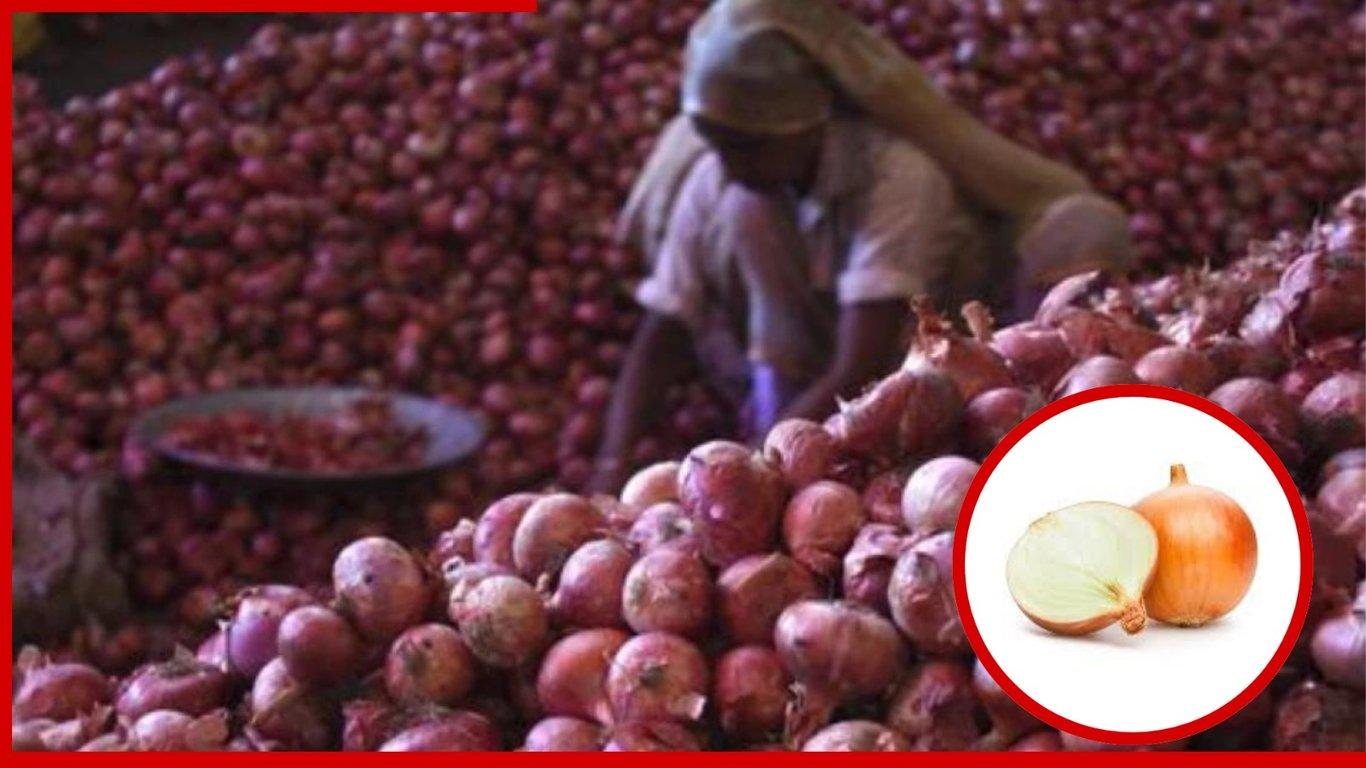We actually eat a bit more onions

The boy is good; however, he eats a bit of onions. Is it only mischievous boys who eat onions, or do we all eat a bit more onions? In the culinary delight of Bengalis, onions are indispensable; however, it may not be widely known that Bangladeshis consume more onions than anyone else in the world. This is precisely why there is so much uproar over onions.
Onions have become one of the key players in the syndicate's income. To reduce the price of onions, the government has initiated various efforts, but these endeavors have not succeeded in lowering the prices, just like in the case of other products in the past. Whether it will succeed this time remains uncertain. Before the onset of the coronavirus in 2019, onions were even imported to Dhaka via Boeing 787 in an attempt to stabilize the market in 2019. For some days, the onion prices skyrocketed, sparking discussions on social media.
The fluctuation in onion prices has been a subject of ridicule in various ways. Typically, the onion market experiences a slight increase in prices from December to February. For this reason, the onion in Bangladesh market on Friday morning was Tk 120 per kg. It increased to 200 taka per kg from noon to afternoon. Isn't that unfair?
Furthermore, India's decision to ban onion exports until March has had a direct impact on the Bangladeshi market, resulting in a significant price surge. This raises questions about the fairness of such circumstances. Why should the announcement from India lead to an increase in onion prices? This is a valid concern from consumers, yet unfortunately, no satisfactory answers have been provided.
According to the Bangladesh Agricultural Extension Department, that Bangladesh ranks third in terms of onion production globally, while China holds the top position, producing a staggering 249 million tons annually. India follows closely behind, with an annual production of 228 million tons. According to the calculations given by the Department of Agriculture Extension last year, Bangladesh produced approximately 3.7 million tons of onions, solidifying its position as a significant contributor to the global onion market.
India and China are both major exporters of onions. China exports approximately 9.84 million tons of onions annually, while India exports around 1.461 lakh tonnes of onions annually. However, it is interesting to note that despite not being among the top ten onion-producing countries in the world, the Netherlands holds the title of the largest onion exporter. They export approximately 1.6 million tons of onions annually.
Now, if we shift our focus to onion consumption, Bangladesh surpasses both China and India in terms of onion consumption. In fact, Bangladesh consumes more onions than even the United States. How is this possible? Well, according to statistics, the United States produces around 317000 million tons of onions annually and imports about five and a half lakh tons of onions each year. This means that the total onion supply in the United States amounts to 37.2 million tons. In contrast, Bangladesh consumes only 18 million tons of onions annually, which is significantly higher than the consumption in the United States. In other words, people in Bangladesh consume twice as much onion as compared to the United States.
When considering the people of Bangladesh, it is evident that onion holds great importance in their cuisine. Whether it is added to curry or consumed alongside rice, Bangladeshis have a strong affinity for this versatile ingredient. In fact, they consume onion in its raw form as well as cooked in various dishes. It is worth noting that onion is not only a widely used spice worldwide, but it is also consumed as a vegetable in many countries. However, compared to those who consume it as a vegetable, Bangladeshis tend to incorporate a larger quantity of onion in their meals. The global cultivation of onion spans across 2.2 million hectares of land, with a staggering production of 22.96 billion tons. Notably, China and India lead the charts in terms of onion production.
In Bangladesh, the domestic demand for onion stands at approximately 2.625 million tons, with one-third of this demand being met through imports. India serves as the primary source of imported onions, accounting for 75-80% of the total imports. In 2020, the country witnessed a domestic production of 0.3362 million tons, cultivated across 0.253 million hectares of land, with an average yield of 0.124 tons per hectare. Looking ahead to 2022, projections indicate that onion production in Bangladesh will reach 3.7 million tons.
In both the winter and spring seasons, onion production takes place. Onions grown during the winter season can be consumed throughout the year. The Rajshahi division holds the record for the highest production, with a staggering 1.258 million tons. Pabna, the largest onion-producing district, contributes 0.719 million tons to the overall production. The Dhaka Division has the largest cultivation area, covering 96 thousand 326 hectares of land. However, the storage of onions poses a challenge. Approximately 30% of winter onions rot when stored for the entire year. Additionally, a portion of the onions is saved as seeds. Consequently, there exists a significant gap between onion production and demand in the country.
If we calculate the figures for 2022, the total onion production in the country amounts to 3.7 million tons. Considering a 30% wastage rate, approximately 1.11 million tons of onions go to waste. This leaves us with 2.59 million tons. The demand for onions is 2.5 million tons, indicating that there should be an excess supply in the country. However, a portion of the produced onions is reserved as seeds for the following year. According to government estimates, one-third of the onion demand is fulfilled through imports each year. On average, this amounts to 8 to 8.5 lakh tons of imported onions.
The crisis at hand requires the Department of Agriculture Extension to devise effective solutions. One approach is to expand the cultivation of onions and boost production to achieve self-sufficiency. This can be accomplished by allocating an additional 75 thousand hectares of land for onion cultivation. However, it is crucial to acknowledge that this process cannot be accomplished overnight. Incentives should be provided to farmers to encourage them to cultivate onions in the paddy areas of Padma, Meghna, and Jamuna. The Directorate of Agriculture Extension in Dhaka and Rajshahi Region should spearhead this initiative. By implementing this plan, we can eventually attain self-sufficiency in onion production, eliminating the need for imports. Consequently, the policies adopted by other countries regarding onions will have no impact on us.
Furthermore, it is imperative to diversify our sources of onion imports. Currently, 80% of our imported onions come from India, with the remaining 20% originating from Myanmar. However, Myanmar's unstable political situation poses a risk to our reliance on them. Therefore, it is advisable to enhance our commercial relations with other countries, enabling us to import onions from various sources. This strategic move will position Bangladesh favorably in terms of importing different crops.



Leave A Comment
You need login first to leave a comment